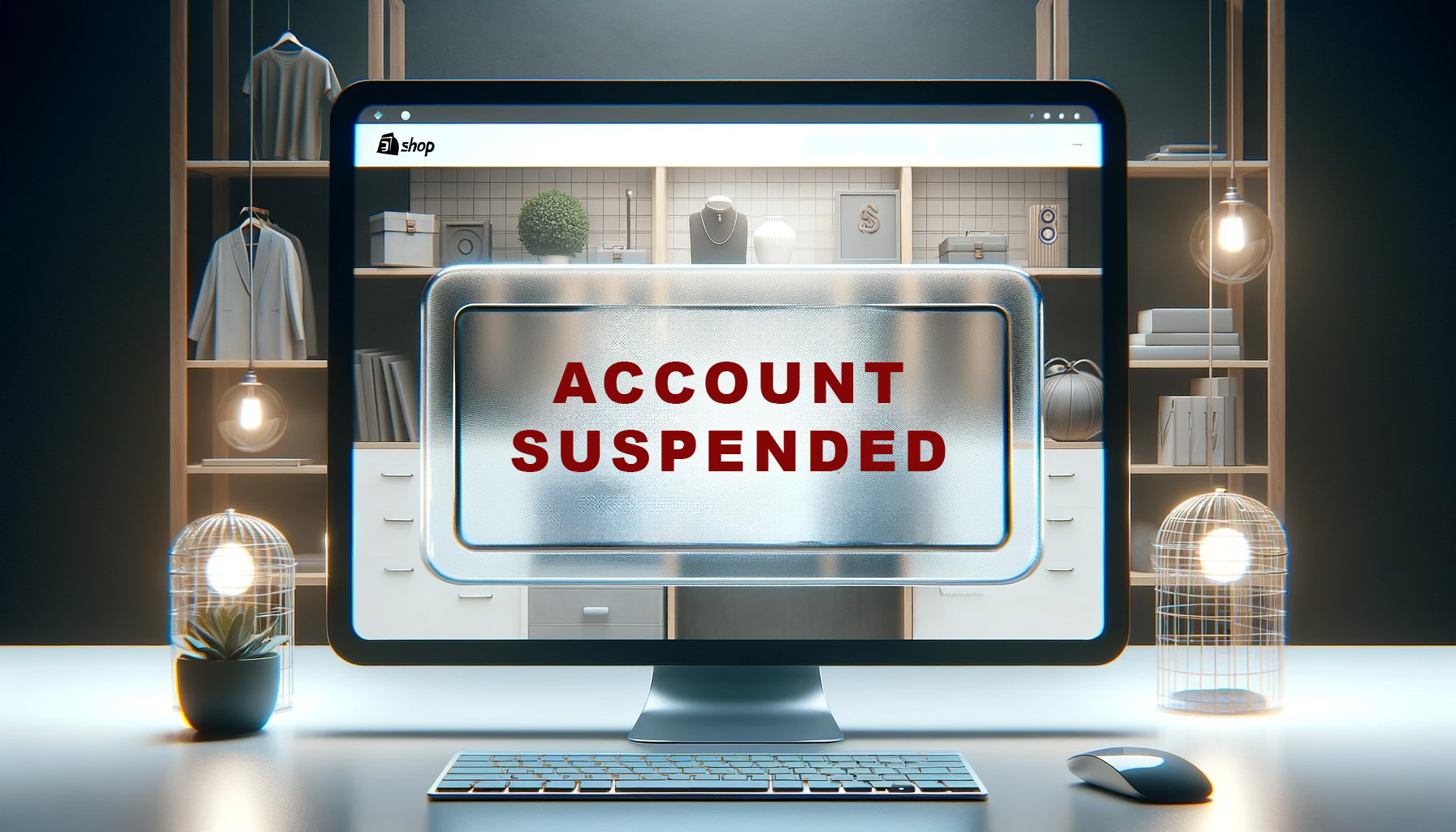
Applying for a high-risk merchant account in the USA? Here’s what you need to know.
Aug 13, 2021 2 minute Read
Any financial application has its challenges to overcome and applying for a high-risk merchant account in the USA is no exception. Staying on top of those challenges by anticipating them can minimize the time spent during the application’s processing and maximize your approval odds.
You’ve taken the right first step with having an interest in applying for a high-risk merchant account for your business. To make your application appealing, it’s important to recognize what criteria high-risk payment processors or acquiring banks pay attention to. We’ll outline some of the top elements to keep in mind or have prepared to successfully obtain a high-risk payment solution for your site and finally reach the high volume of sales you’re capable of.
US vs. EU High-risk Merchant Accounts
We need to specify the difference here, early on, because the process changes drastically depending on the region in which you’re applying. You also might discover that an EU account is better for your business.
America Is the Birthplace of Credit Card Processing
Pioneering the use of credit cards also allowed the US more time to perfect how credit card processing would work for online businesses. That is to say, outlining the stipulations card-not-present transactions (CNP) would have.
Because of high competition between banks and card processors, terms and conditions also became much more regulated. This made it increasingly difficult for high-risk industries now as well as business owners from other countries because obtaining a merchant account as a non-resident wasn’t so easy.
So, what are we getting at here—the way merchant needs are fragmented in the US makes the application process for a merchant account difficult. It also helps us answer the question: is applying for a high-risk merchant account harder in the US than in the EU? Yes, because the EU has more flexible terms. In regarding to obtaining a merchant account. But that also doesn’t mean you should immediately apply for an EU account.
When to Apply for an EU Merchant Account
You should aim to have a merchant account in the region in which you sell your products or services. If you operate entirely out of the US, then utilizing EU merchant account services is not incredibly beneficial to you and can come with unfriendly exchange rates or international transaction fees that you’ll likely want to avoid.
If you’ve discovered that you’ve got great market potential within Europe, then applying for an EU merchant account is definitely something to look into. Most US high-risk merchant accounts give you the opportunity to allow international transactions, but that’s not necessarily a sustainable option if you have a lot of sales coming from outside of the States.
If you’ve applied for high-risk merchant accounts in the States and you’ve been denied several times or put on a match list, then an EU merchant account is a viable option for you. While using it, you’ll be able to make sales while waiting the 6-month period between submitting a new application in the US.
As we’ve said before, it’s always a good idea to have a backup merchant account at your disposal. If you already have an EU merchant account, it’s in good practice to keep it as your secondary option just in case something happens with the primary payment gateway. Plus, you’ll avoid paying termination fees for closing the account. If you anticipate selling in the EU, then applying and setting up your merchant account for the region early is a great way to prepare.
Major Differences Between the Two
To quickly summarize the differences you can expect, prices in the US are generally much cheaper, quality of the service is comparable, and availability is dependent on your business.
As mentioned before, there’s a lot of competition between US banks to provide merchant services to businesses, so prices are generally lower than in the EU. That’s a big generalization and fees, rates, etc. depend on how appealing your business is to the acquiring bank.
Quality is generally the same between the two regional merchant accounts. You get a payment gateway for high-risk credit card processing at the very least and some built-in security measures.
Availability of a high-risk merchant account provider is entirely dependent on your business and how appealing your application is. If you can prove you make steady sales, your chargeback ratio is low, customer service is good, and you can maintain a high credit score, then you’ll have little pushback when applying in either region.
3 Things You Should Have in Your Merchant Account Application
There are certain things that any merchant account provider will request from you. Having these items submitted right away or at least on-hand for if they’re requested can boost your approval timeline and get your e-commerce store up and running faster.
Processing History
It’s implied in the name, high-risk merchant, that your business poses a level of higher risk to the payment processor. To alleviate concern, they will request at least a 3-month credit card transaction history that shows your sales volume, steadiness of sales (e.g., fluctuations, high-ticket sales, zero sales), returns, and excessive chargebacks.
Credit Score
Your personal credit score and credit history as well as that of your business’, if it exists, plays a role in your approval odds. Merchant account providers do a credit check during the application processing timeframe. A company credit score below 580 can be harmful to your approval odds as well as bad personal credit. You should join a credit repair program while looking for processors that will accept your business so your future approval odds can improve.
One-Pager
Providers will likely take a bit of time going through your site and product offerings. Having said that, you should include a one-pager in your application that outlines your business for them. This way, they get a better idea of who you are, what you sell, and your pricing model. Keep it all on one page, make it short and sweet while staying clear.
High-risk Merchant Service Options Available in the States
Who are the best high-risk merchant service providers in the states? There’s no easy, one-size-fits-all answer. The services you need depend on your business and what the merchant service provider is willing to provide.
Starting with 3rd-party Payment Solutions
A lot of popular 3rd-party payment providers are a great starting point and backup option for high-risk sellers. The reason behind this is because companies like Stripe (including Shopify Payments, powered by Stripe) and PayPal offer fast approvals. That means you can get selling in the same day as your application even if you have bad credit or no transaction history.
There are caveats to using these 3rd-party payment platforms. The first is they are generally not so friendly with merchants in the high-risk category but won’t recognize your merchant type until you’ve violated one of their terms or become flagged. For example, high-ticket items raise a red flag for these processors as well as digital services as opposed to physical products. CBD, vapes, e-cigarettes, nutraceuticals, adult entertainment, MLMs–these are all high-risk products and services. They also start raising eyebrows when sales reach higher than $10k per month.
The second caveat is the possibility of getting your store shut down or funds frozen. If you’re already using Stripe or some other 3rd-party processor, sales are increasing, you know you’re a high-risk merchant, and you haven’t started an application for an appropriate merchant account, then you need to start your application ASAP. It’s better to cap your sales now, early on and while your payment gateway is operational, so you don’t risk being shut down with no backup solution prepared.
High-risk Merchant Accounts in the USA
To keep your business running without issue, you need to apply for a high-risk merchant account in the USA. Get the items mentioned previously prepped and ready to go, contact a merchant account provider like DirectPayNet, and get the process going.
High-risk merchant account providers specifically cater to types of business that fall in the category. Don’t hinder your growth because you want to use something customers might recognize (e.g., PayPal). Use a high-risk payment gateway that caters to your own and your customer’s needs, like accepting ACH payment processing, international transactions with negotiable transaction fees, and a secure checkout experience. You’ll also get the standard functionality of credit card payment processing and debit card acceptance. High-risk merchant accounts aren’t just for online sales, too. The service can be used on virtual terminals and POS devices, as well.
A major benefit that won’t be found on low-risk merchant accounts is fraud chargeback prevention. Since high chargeback rates are a bane for merchants, using a credit card processor that provides a level of protection will keep that rate down. You can also make processing more secure and get on your bank’s better side by becoming PCI-compliant and using APIs like 3D Secure to reduce the risk of fraud. Each of those two options pose no threat to the functionality of your shopping cart.
Start Your Application for a US-based High-risk Merchant Account
It takes roughly two weeks to be approved for a high-risk merchant account in the US—or denied. The longer you wait to get that ball rolling, the longer you’ll have to cap sales and avoid the risks of using a standard payment solution.




